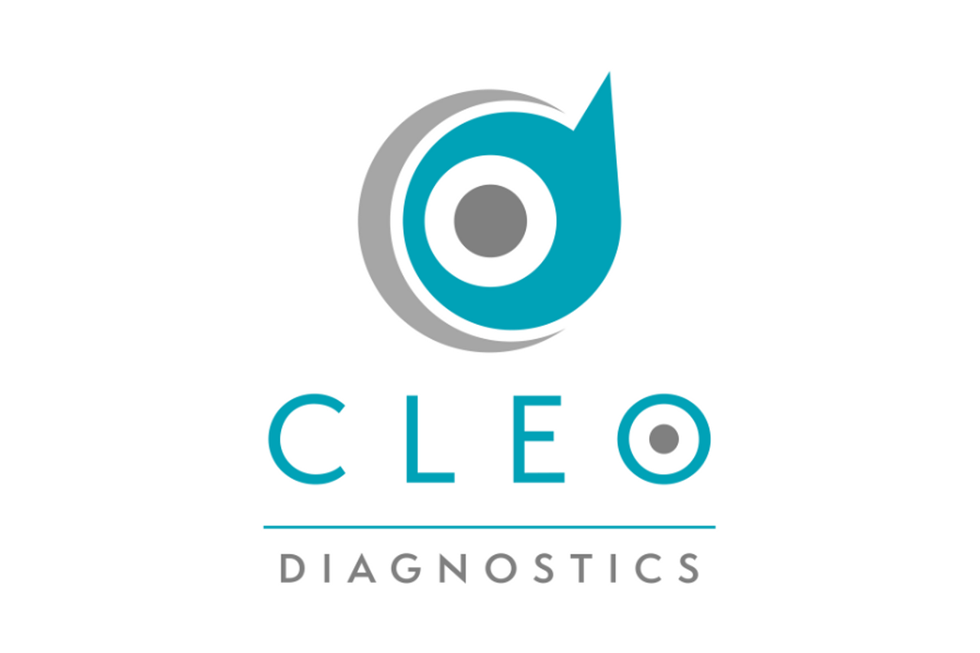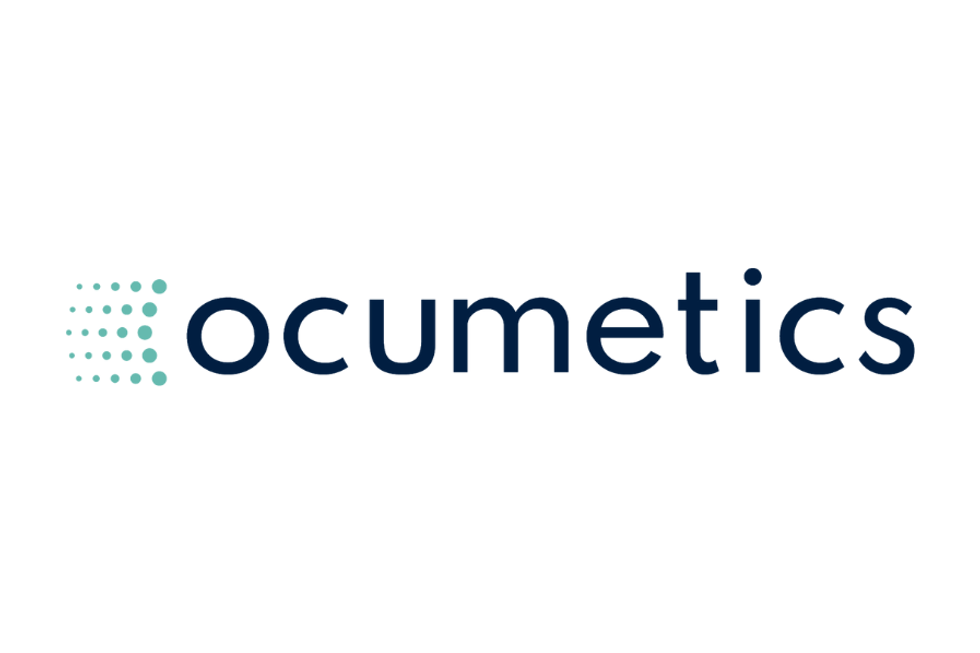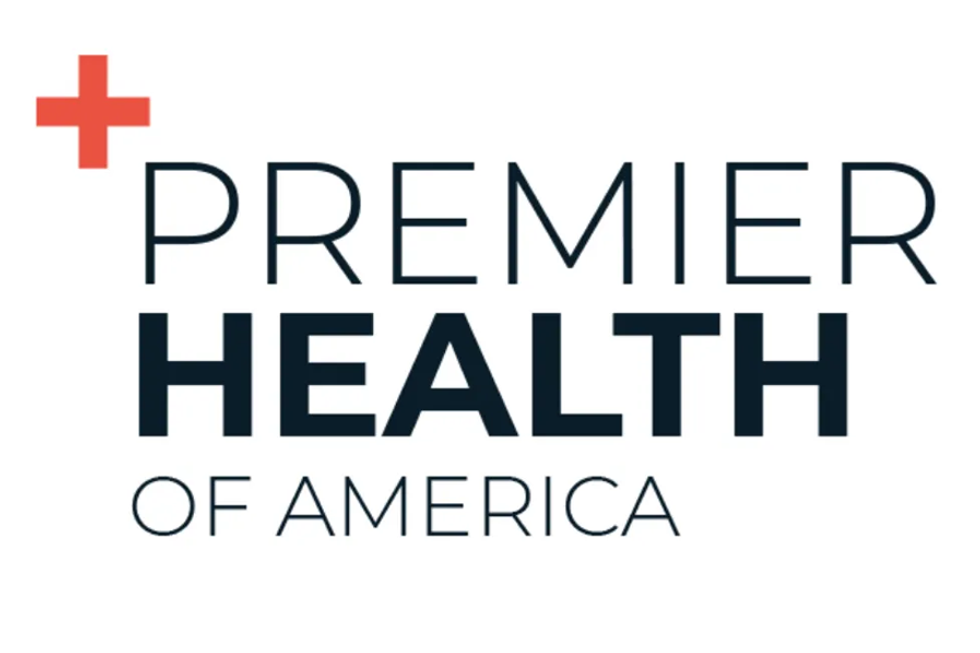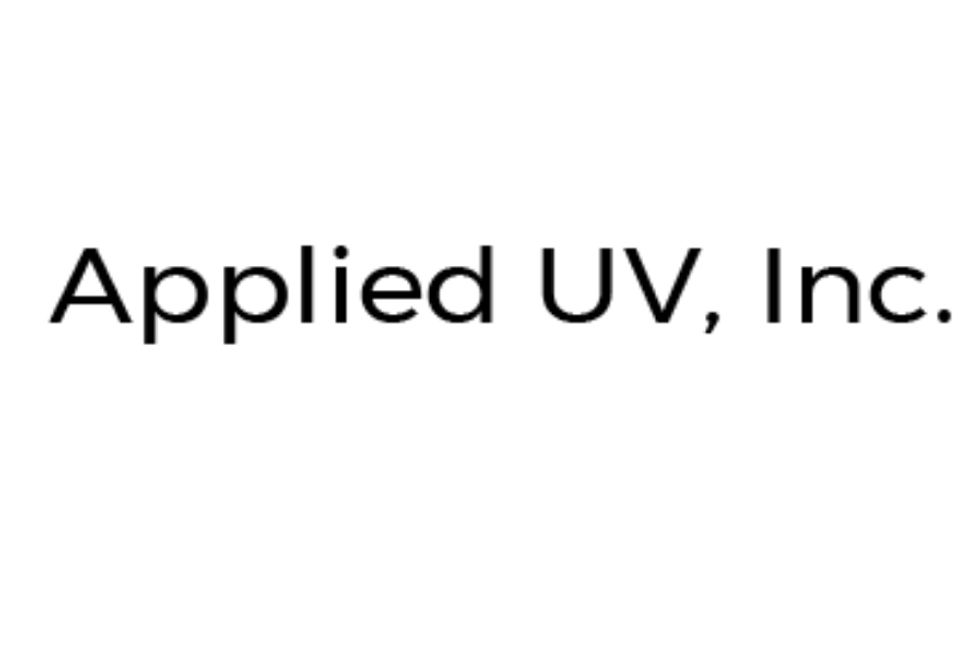RTI Surgical Launches CervAlign Anterior Plate System
The CervAlign ACP System is intended for degenerative disc disease, spondylolisthesis, trauma and spinal stenosis among others.
RTI Surgical Holdings (NASDAQ:RTIX) has announced the commercial launch of its CervAlign Anterior Cervical Plate (ACP) System.
As quoted in the press release:
The CervAlign ACP System is designed to promote cervical fusion by providing temporary resistance to flexion, extension, lateral bending and axial rotation with strength and stiffness in the cervical spine (C2-C7). The system includes implants of various plate and screw sizes to accommodate varying patient anatomies. It also helps reduce complexity for the surgeon customer with an integrated cover-style locking mechanism that adds zero profile, streamlined instrumentation with the same driver for screws, pins, locking and revisions, and low-profile plates ranging from one to five levels, each with large graft windows for intraoperative visibility. Additionally, using the Fortilink®-C Interbody Fusion (IBF) System with TETRAfuse® 3D Technology and ViBone® Viable Bone Matrix with the CervAlign ACP provides surgeons a complete anterior cervical discectomy and fusion (ACDF) solution.
“The locking mechanism on the CervAlign ACP System is easily visible and engaged, and there is no guesswork as to whether it is completely locked,” said Franco E. Vigna, MD, MPH, FACOS of reVive Spine Center in Buffalo, New York. “Additionally, the amount of screw angulation allows for use of a shorter plate. Combined with the large graft windows and visibility of the plate, it allows surgeons to easily instrument the hard-to-access levels such as C3.”
The CervAlign ACP System is intended for anterior cervical fixation (C2-C7) for the following conditions: degenerative disc disease (DDD) defined as neck pain of discogenic origin with degeneration of the disc confirmed by history and radiographic studies, spondylolisthesis, trauma (e.g., fracture or dislocation), spinal stenosis, deformities or curvatures (e.g., scoliosis, kyphosis, and/or lordosis), tumor, pseudarthrosis and failed previous fusion.





